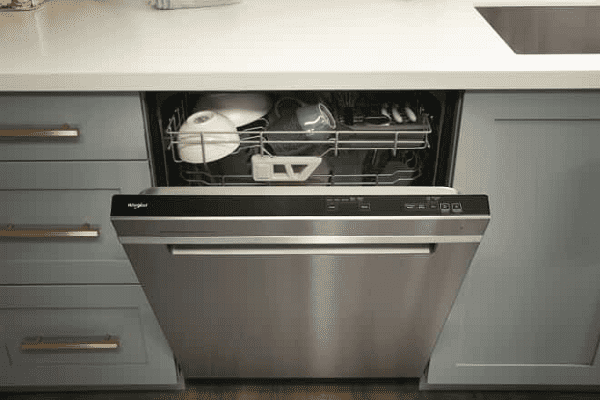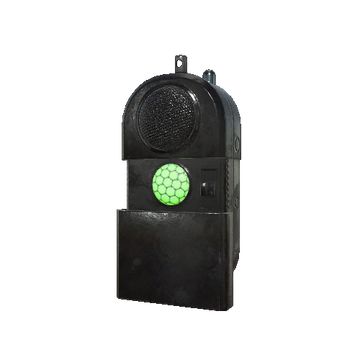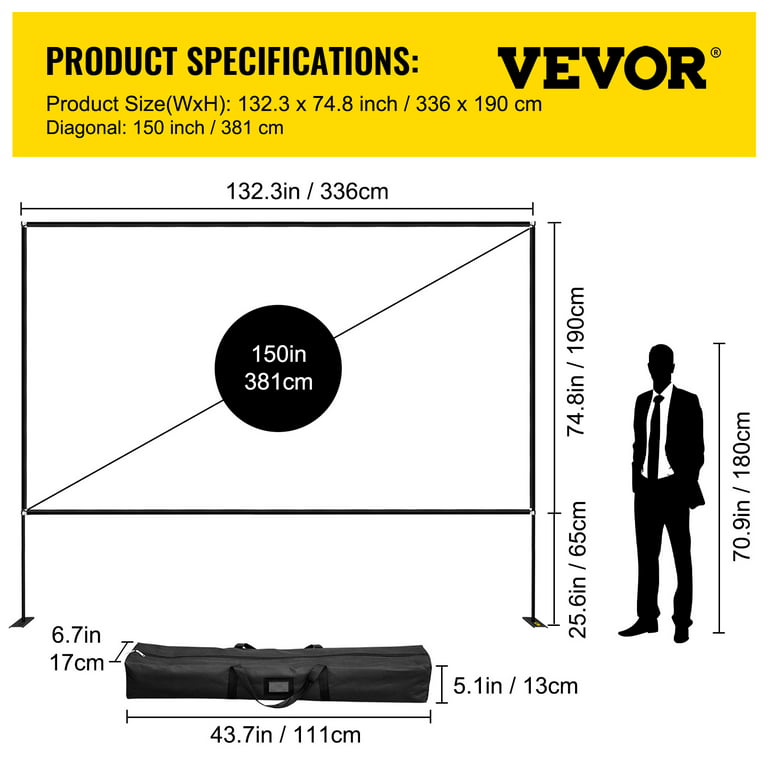Unveiling the Most Common Problem With a Whirlpool Dishwasher: A Complete Guide
Introduction
While Whirlpool is a reputable brand known for its quality appliances, like any household gadget, its dishwashers may experience problems over time. This comprehensive guide will help you identify the most common issues of a Whirlpool dishwasher, troubleshoot them, maintain your appliance efficiently, and know when it's time to call a professional. Read on for essential insights.
Understanding Your Whirlpool Dishwasher
To deal with any potential problems your Whirlpool dishwasher might encounter, a clear comprehension of how it works is critical. Whirlpool dishwashers are lauded for their advanced features engineered to deliver impeccably clean dishes every single time.
- Filtration System: Exceptionally robust, it successfully retains and removes food particles, ensuring a thorough cleaning process.
- Sensor Cycle: The inclusion of this intelligent feature ensures optimal performance by adjusting the cleaning based on load size and soil levels.
- Heat-Dry Option: This feature promotes faster drying of dishes, eliminating the need for manual toweling.
Regardless of these impressive features, remember that efficient utilization and routine maintenance can significantly influence their longevity and operational excellence. Knowing your appliance can not only support possible problem diagnosis but also guarantee an extended lifespan and high-grade performance.
What are the Most Common Problems with a Whirlpool Dishwasher?
While designed to be a reliable workhorse in your kitchen, your Whirlpool dishwasher can encounter various complications over its lifetime. From starting problems to leakages and inadequate cleaning, understanding these frequent issues can mitigate the inconvenience caused by downtime and potentially save you money in unnecessary repairs. Listed below are the three most prevalent problems reported by Whirlpool dishwasher users:
1. Problem: Whirlpool Dishwasher Won't Start
Root of the Issue:
* Control Panel Issues: The dishwasher's control panel, a normally dependable command center, might encounter malfunctions causing it to ignore the start signal.
* Faulty Door Latch: If your dishwasher's door latch cannot properly establish a secure connection, it might prohibit the appliance from starting.
* Thermal Fuse Problems: A defective thermal fuse, designed as a fail-safe for overheating issues, can falsely trigger and prevent the dishwasher from functioning.
2. Problem: Whirlpool Dishwasher is Leaking
Possible Causes:
* Damaged Door Seal: Worn-out door seals are often the primary culprit behind leakages.
* Problematic Water Inlet Valve: The valve, which controls the water supply to your dishwasher, might develop faults leading to leaks.
* Detergent Overuse: An unusually high amount of suds generated by excessive detergent use can lead to unwanted water escapes.
3. Problem: Dishes are Not Getting Clean
Potential Reasons:
* Compromised Spray Arm: A blocked spray arm can halt the dispersion of water, leaving your dishes less clean.
* Clogged Filter: Debris or food particles caught in the filter might affect the dishwasher's cleaning efficiency.
* Issues with Water Supply: If insufficient water is reaching your dishwasher, it might not adequately clean your dishes.
Being aware of these prevalent problems can prove invaluable in diagnosing or even averting potential dishwasher hiccups. A little knowledge can lead to quicker fixes, smoother operation, and a kitchen that keeps up with you and your demands.
How do I Troubleshoot These Common Whirlpool Dishwasher Problems?
In order to handle frequently occurring issues in Whirlpool dishwashers, one needs to be well-versed with effective troubleshooting. This guide provides step-by-step instructions on addressing the three most common issues.
Ensuring Dish Cleanliness: Recognizing and Rectifying Problems
To ensure cleaner dishes, it's important to identify possible issues and address them promptly. Let's examine what could go wrong and how you can fix it:
- Problem: Blocked Spray Arms
* Solution: Inspect the spray arms for any food particles or other clogs. Rinse them unter running water and use a soft brush to remove stubborn dirt.
- Problem: Dirty Filter
* Solution: Regularly clean the dishwasher's filter. It can usually be found at the bottom of the dishwasher; remove it, clean away any debris, and rinse it under warm water.
- Problem: Inadequate Water Pressure
* Solution: Check the water intake and ensure it's providing enough pressure. If your dishwasher isn't filling up or the water pressure is low, it could be an issue with the water inlet valve which should be checked by a professional.
Addressing Dishwasher Leaks: Recognizing Signs and Taking Action
Leaking dishwashers can lead to major problems if not attended to quickly. If you notice any of the following signs, take immediate action:
- Problem: Damaged Door Seal
* Solution: Check if the dishwasher's door seal is intact and not damaged. Replace it if necessary.
- Problem: Faulty water inlet valve
* Solution: Inspect the valve for any visible faults. If you find any, it's best to call in a professional.
- Problem: Excessive Detergent
* Solution: Excessive suds can lead to leaks. Use only recommended amount of detergent for cleaning.
Addressing Non-starting Issues in Dishwashers: Practical Solutions
When your dishwasher refuses to start, it is a clear sign of trouble. Here’s what you can do:

- Problem: Faulty Control Panel
* Solution: Check the control panel for any visible physical damage or lighting issues. If detected, you may need to replace it.

- Problem: Door Latch Issues
* Solution: Inspect the door latch; if it's not closing correctly or is broken, your dishwasher will not start. Replace if required.
- Problem: Damaged Thermal Fuse
* Solution: A damaged thermal fuse can prevent the dishwasher from starting. If the control panel isn't lighting up, it may be due to the thermal fuse, and professional assistance will be required.
Tips for Proper Maintenance of Your Whirlpool Dishwasher
DIY Maintenance Guidelines for Your Whirlpool Dishwasher
Taking care of your Whirlpool dishwasher helps enhance its functionality and lifespan. Here are some effective DIY tips you can adopt:
- Regular Filter Cleaning: The dishwasher filter captures food particles to prevent them from re-depositing on your dishes during wash cycles. Clean this essential part at least once every month to avoid clogs and unpleasant smells.
- Checking Spray Arms: Ensure the spray arms are not blocked by food particles or other residuals. A blocked spray arm can hinder the dishwasher’s cleaning efficiency.
- Proper Loading Strategy: Improper loading of dishes can reduce the efficiency of your dishwasher. Position your dishes well, without overloading, to allow water and detergent to circulate better in every cycle.
- Rinse Aid Usage: Utilize rinse aids to improve drying efficiency and prevent spots or mineral streaks on your dishes. Rinse aids clear away leftover detergent residues for a sparkling finish.
- Periodic Component Check: Check the mechanical components like door latches, seals, and pipes to ensure everything is in good shape. Make sure the detergent and rinse aid dispensers are functioning properly.
Recognizing the Right Time to Call a Whirlpool Professional
Despite regular maintenance, your dishwasher can face issues that require a professional touch. Here are certain scenarios where you should call an expert:
- Persisting Leaks: If you've checked the door seals, inlet valve, and your detergent usage without resolving the leak, it's time to call for professional assistance.
- Dishwasher Doesn’t Start: If the control panel, door latch, and thermal fuse look fine and the dishwasher won't start, you need a professional’s expertise.
- Unresolved Cleaning Issues: Sometimes, despite checking the spray arms, filters, and ensuring adequate water pressure, your dishes still might not get completely clean. In this scenario, seeking professional intervention promises the best solution.
Remember, frequent maintenance helps avert many problems. However, don’t hesitate to seek professional help when needed, as this not only fixes the issue but also prevents any potential damage to your dishwasher. Keep your Whirlpool dishwasher's efficiency at its peak and enjoy a hassle-free dishwashing experience.
Conclusion
Understanding and tackling common problems with your Whirlpool dishwasher can significantly improve its efficiency and longevity. Maintain it regularly and don’t hesitate to seek professional help when needed. This proactive approach minimizes inconveniences, ensures uninterrupted service, and contributes to a cleaner, happier kitchen.
Related FAQs about what is the most common problem with a whirlpool dishwasher
Why is my Whirlpool dishwasher not drying dishes properly?
If your Whirlpool dishwasher isn't drying dishes properly, check the heat dry option. If it's off, turning it on might solve the problem. A lack of rinse aid can also cause poor drying. Further, ensure that your dishwasher is loaded properly for efficient water circulation.
What can cause a Whirlpool dishwasher to make strange noises?
Noises in your Whirlpool dishwasher may be caused by various factors. These might include a hard object caught in the chopper, a faulty water inlet valve, or a damaged washer arm. Try to identify the source of the sound to narrow down potential causes.
How can I ensure a long lifespan for my Whirlpool dishwasher?
To maximize the lifespan of your Whirlpool dishwasher, regularly clean the filter, correct loading of dishes, and regular use of rinse aid. Also, frequently check mechanical components like door seals, latches, and pipes. Proper maintenance and addressing issues promptly can significantly enhance its longevity.







